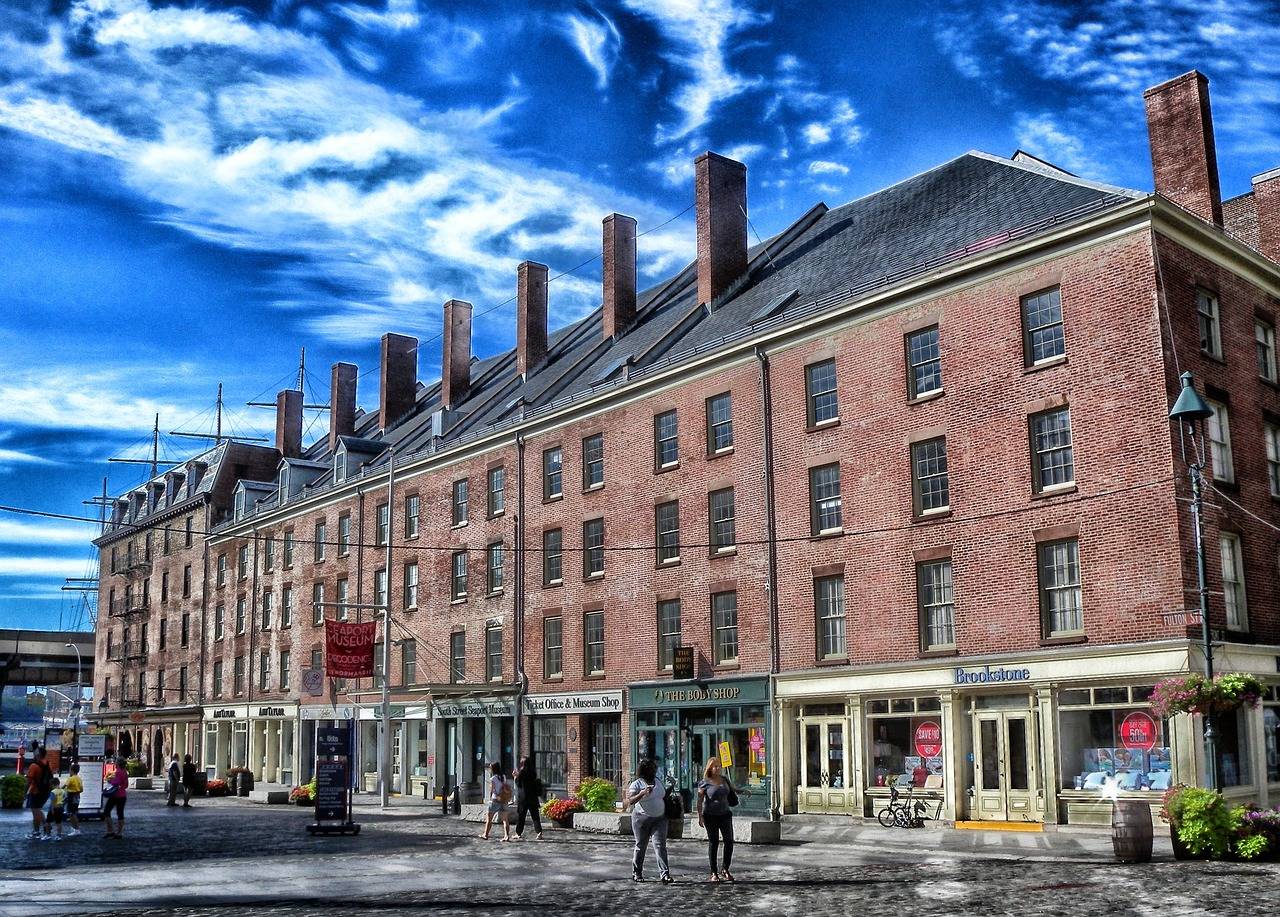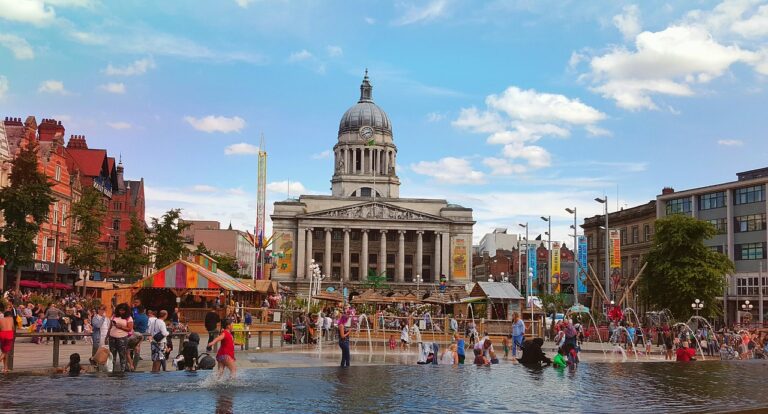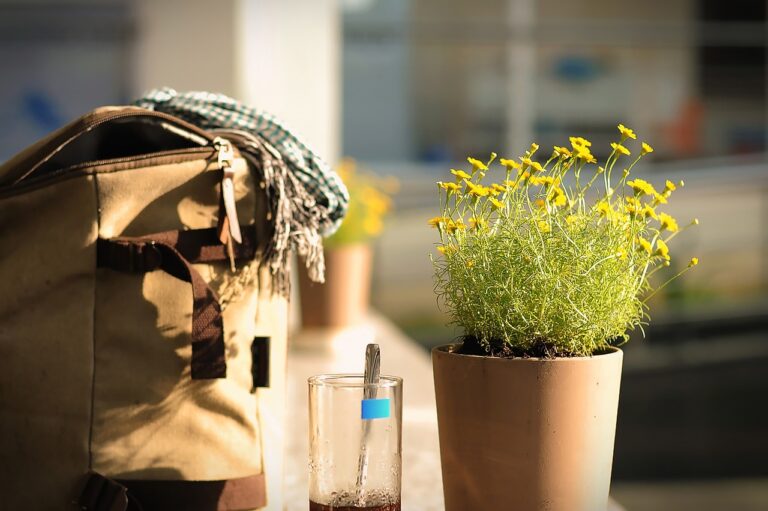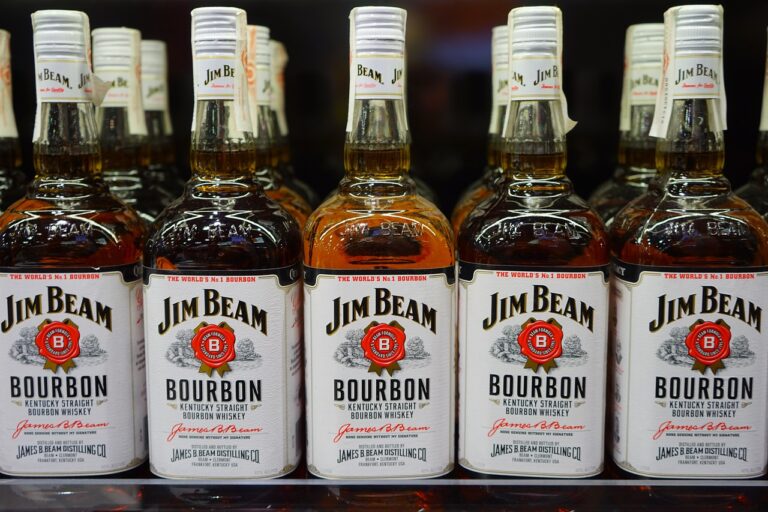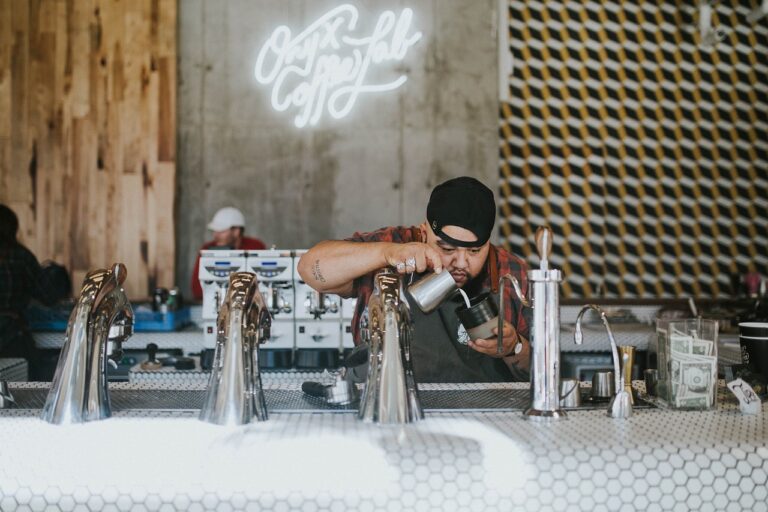The Psychology of Color in Retail Design: Creating Memorable Shopping Environments
When it comes to retail design, the strategic use of color plays a vital role in influencing consumer behavior and perception. Colors have the power to evoke emotions, convey messages, and create a cohesive brand identity within a retail space. By understanding the psychological impact of different colors, retailers can effectively communicate their brand values and engage with their target audience.
Color choices in retail design must consider both the products or services being offered and the desired atmosphere of the space. For example, warm tones like red and orange are often used to create a sense of urgency and stimulate impulse purchases, while cool tones like blue and green are known for their calming effect, ideal for promoting relaxation and a longer shopping experience. The careful selection and combination of colors have the potential to enhance the overall shopping experience and leave a lasting impact on consumers.
Impact of Color on Consumer Behavior
Color plays a significant role in influencing consumer behavior. It can evoke specific emotions and perceptions that ultimately impact purchasing decisions. When strategically integrated into retail design, colors have the power to attract attention, create a sense of ambiance, and even influence how consumers engage with products and services.
Research suggests that certain colors can trigger physiological and psychological responses in individuals, leading to varied reactions. For example, warm tones like red and orange are often associated with energy and excitement, making them ideal for creating a sense of urgency or stimulating appetite in food-related retail environments. In contrast, cool colors such as blue and green are known for their calming effects, which can help instill a sense of trust and security in consumers when used in retail spaces.
Creating Emotional Connections through Color
Color plays a crucial role in establishing emotional connections with consumers in the retail world. By strategically incorporating colors into the design of a space, retailers can evoke specific feelings and responses from their customers. Bright and vibrant colors can create a sense of excitement and energy, while softer tones can promote relaxation and comfort.
Furthermore, understanding the psychological impact of different colors is essential in creating a meaningful emotional connection with consumers. For example, blue is often associated with trust and security, making it an ideal choice for brands looking to convey reliability. On the other hand, red is known to increase appetite and urgency, making it a popular choice for food and retail industries aiming to stimulate impulse purchases. By leveraging the power of color psychology, retailers can effectively influence consumer behavior and foster deeper emotional connections with their audience.

